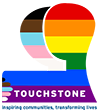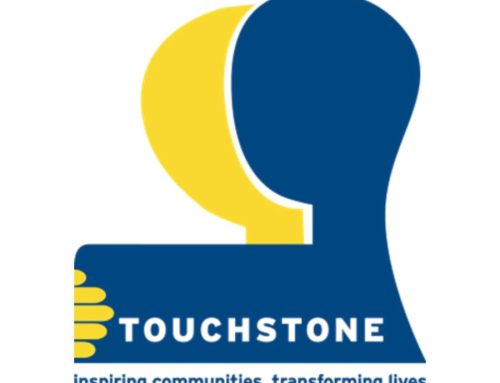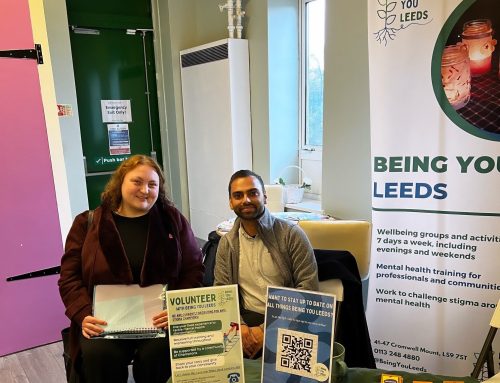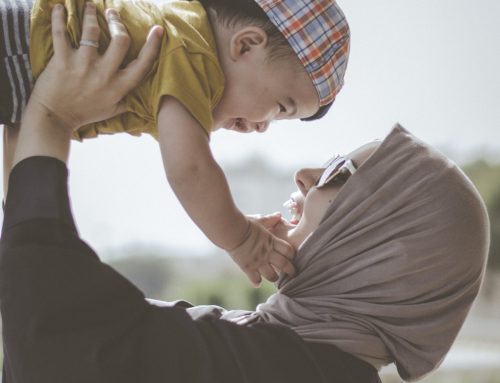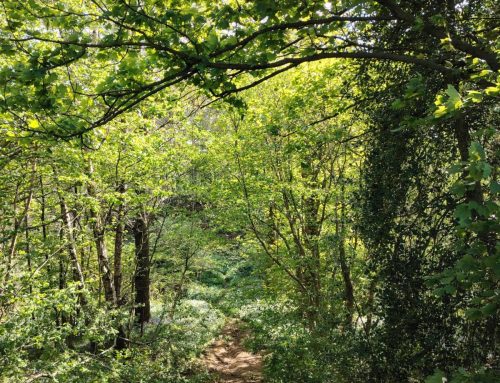As businesses and communities prepare for Leeds Pride this weekend, we can expect to see a plethora of rainbow flags adorning the buildings of Leeds city centre. The flag has been a symbol of LGBT unity and strength for nearly 40 years – so much so, that we rarely think about what they flag’s origins might have been.
In 1977, artist Gilbert Baker was asked by gay rights activist Harvey Milk to produce a symbol of pride for the gay community. Baker’s original flag was used in the Gay Freedom Day Parade in San Francisco in June 1978. This flag consisted of 8 stripes – compared to the 6 stripe version more commonly seen today. The changes were made largely for practical reasons – the difficulty in obtaining fabric of a suitable pink for the original design, and the way that some of the stripes would be hard to see if there were more (and therefore narrower) stripes.
The meanings that Baker attributed to each stripe in the original version were:
- Hot pink = Sexuality
- Red = Life
- Orange = Healing
- Yellow = Sunlight
- Green = Nature
- Turquoise = Magic/Art
- Indigo = Serenity/Harmony
- Violet = Spirit
In the six stripe version that has been commonly used since 1979, the stripes for Life and Sexuality are combined, as are the ones for Magic/Art and Serenity/Harmony.
Inspired by the flag’s violet stripe, October 20th has been named “Spirit Day” – when people are invited to wear violet or purple to demonstrate their support of gay youth and their opposition to homophobic bullying.
Touchstone staff, volunteers and service users will be joining the Leeds Pride 2016 parade on Sunday 7th August – departing from Millennium Square at 2pm and adorned with rainbow sashes.
Rainbow flag originator Gilbert Baker
